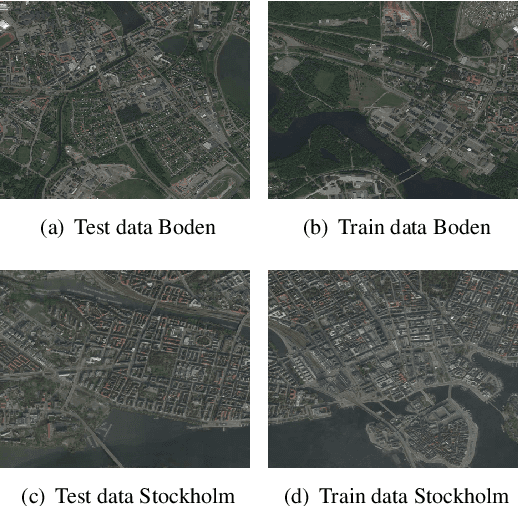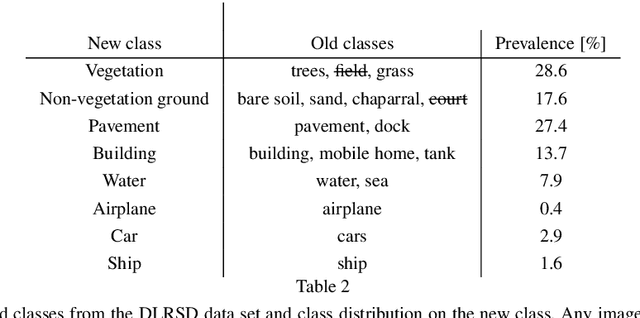Martin Längkvist
Semantic Referee: A Neural-Symbolic Framework for Enhancing Geospatial Semantic Segmentation
Apr 30, 2019



Abstract:Understanding why machine learning algorithms may fail is usually the task of the human expert that uses domain knowledge and contextual information to discover systematic shortcomings in either the data or the algorithm. In this paper, we propose a semantic referee, which is able to extract qualitative features of the errors emerging from deep machine learning frameworks and suggest corrections. The semantic referee relies on ontological reasoning about spatial knowledge in order to characterize errors in terms of their spatial relations with the environment. Using semantics, the reasoner interacts with the learning algorithm as a supervisor. In this paper, the proposed method of the interaction between a neural network classifier and a semantic referee shows how to improve the performance of semantic segmentation for satellite imagery data.
Interactive user interface based on Convolutional Auto-encoders for annotating CT-scans
Apr 26, 2019



Abstract:High resolution computed tomography (HRCT) is the most important imaging modality for interstitial lung diseases, where the radiologists are interested in identifying certain patterns, and their volumetric and regional distribution. The use of machine learning can assist the radiologists with both these tasks by performing semantic segmentation. In this paper, we propose an interactive annotation-tool for semantic segmentation that assists the radiologist in labeling CT scans. The annotation tool is evaluated by six radiologists and radiology residents classifying healthy lung and reticular pattern i HRCT images. The usability of the system is evaluated with a System Usability Score (SUS) and interaction information from the readers that used the tool for annotating the CT volumes. It was discovered that the experienced usability and how the users interactied with the system differed between the users. A higher SUS-score was given by users that prioritized learning speed over model accuracy and spent less time with manual labeling and instead utilized the suggestions provided by the GUI. An analysis of the annotation variations between the readers show substantial agreement (Cohen's kappa=0.69) for classification of healthy and affected lung parenchyma in pulmonary fibrosis. The inter-reader variation is a challenge for the definition of ground truth.
A Deep Learning Approach with an Attention Mechanism for Automatic Sleep Stage Classification
May 14, 2018



Abstract:Automatic sleep staging is a challenging problem and state-of-the-art algorithms have not yet reached satisfactory performance to be used instead of manual scoring by a sleep technician. Much research has been done to find good feature representations that extract the useful information to correctly classify each epoch into the correct sleep stage. While many useful features have been discovered, the amount of features have grown to an extent that a feature reduction step is necessary in order to avoid the curse of dimensionality. One reason for the need of such a large feature set is that many features are good for discriminating only one of the sleep stages and are less informative during other stages. This paper explores how a second feature representation over a large set of pre-defined features can be learned using an auto-encoder with a selective attention for the current sleep stage in the training batch. This selective attention allows the model to learn feature representations that focuses on the more relevant inputs without having to perform any dimensionality reduction of the input data. The performance of the proposed algorithm is evaluated on a large data set of polysomnography (PSG) night recordings of patients with sleep-disordered breathing. The performance of the auto-encoder with selective attention is compared with a regular auto-encoder and previous works using a deep belief network (DBN).
 Add to Chrome
Add to Chrome Add to Firefox
Add to Firefox Add to Edge
Add to Edge